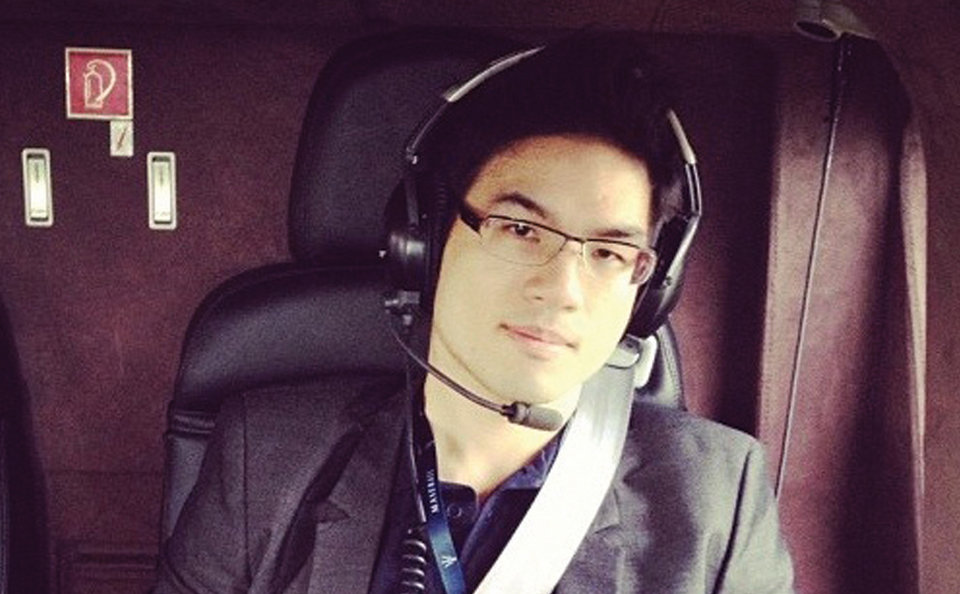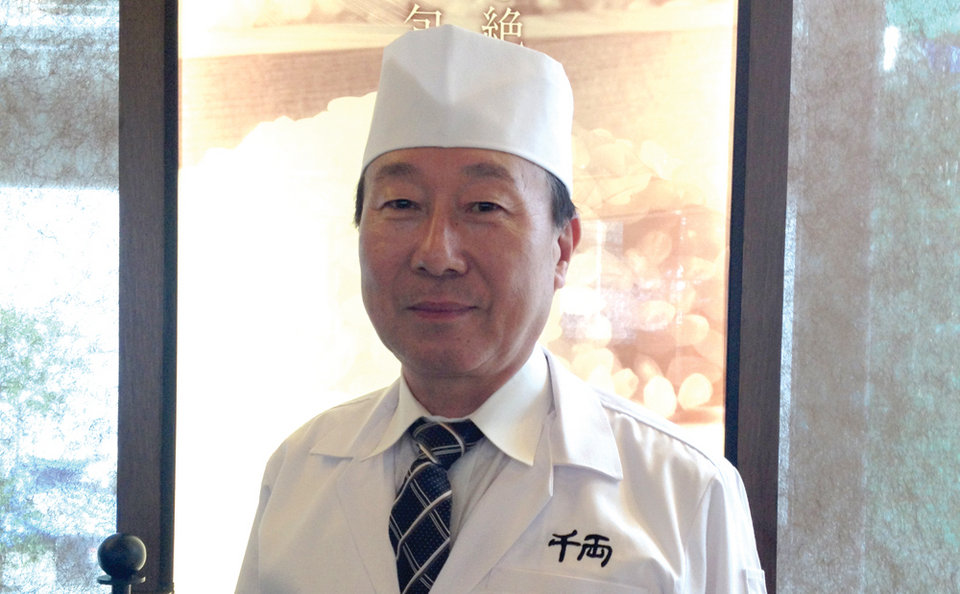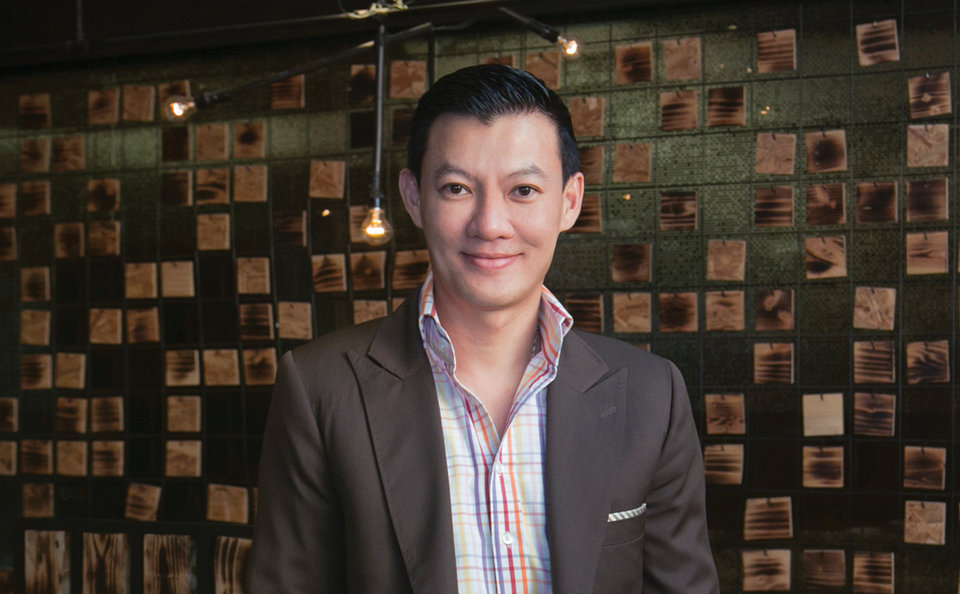An Introduction to Drinking Sake
Clueless about sake? Learn to read rice wine labels and you’ll soon become an expert.
1.) Company Seal
2.) Name of the product
3.) This particular label reads “super dry”
4.) Special Ingredients
If there are any other ingredients added (usually sake is just rice, yeast, water and koji [mold spores]) such as malt (tokubetsu), there will be a special symbol here.
5.) Date of Production
In general, sake is best consumed within two to three months of production and within a couple days of it being opened.
6.) Types of sake
There are seemingly endless varieties of sake, but experts tend to break it down into five main types:
Daiginjo (大吟醸) has a seimaibuai (rice milling ratio, see right) of roughly 50%. Usually sweet, aromatic and natural tasting. Recommended for beginners as it’s easy to drink.
Ginjo (吟醸) has a seimaibuai of at least 60% with alcohol added. It’s similar to daiginjo—fruity, light and aromatic.
Junmai (純米) is pure sake—brewed with nothing but rice, water, yeast and koji (mold spores). With its strong, not-so-sweet taste, it’s suitable for hardcore sake fans. The seimaibuai varies but is mostly around 70%. Many bottles here are labeled junmai ginjo, which means pure sake with 60% seimaibuai.
Nama ( 生) is unpasteurized sake with a more intense flavor. It’s fresher and more aromatic but the quality is less stable.
Honjozo (本醸) is sake brewed with seimaibuai of at least 70%, with distilled alcohol added.
7.) Seimaibui (Rice Milling Ratio)
Rice is milled or “polished” before being used in brewing to eliminate fat, protein, and minerals that can inhibit fermentation. The percentage on the bottle represents the amount of the original rice grain that remains after polishing. Generally, the more the rice is polished, the more refined the sake’s flavor—or the lower the percentage the better.
8.) Alcohol Content
9.) Drinking Suggestion
The label gives a recommendation on how the sake is best consumed (most ranked from cold to hot): at room temperature, with ice or hot. A recommendation with two circles is advice you really should follow, while one circle is not as highly suggested.

Why do you like sake?
I’ve always loved Japanese food and sake is a big part of that. When I look at the bottle, I love discovering the little heartwarming stories behind each sake brewer.
What differentiates good from bad sake?
Sake is like wine. It all depends on your preferences. But bad sake can be recognized on an immediate level—it will hurt your throat. It shouldn’t be so strong that you can smell the ethanol.
Any bottle you would like to recommend?
Jozen Mizuno Gotoshi. I think it’s very well balanced, a bit sweet, not dry, easy to drink and the aftertaste is a bit fruity.

What makes for a good sake?
Every part of the brewing process is important. The rice, for instance, shouldn’t be the same as what you eat at the dining table. It’s important that the brewery uses natural water from nearby sources, too. A cheap sake takes only 14 days to ferment while good ones take around 40-50 days, and they’re best made during winter.

Any bottle you would like to recommend?
President Sake or Hakutsuru Daiginjo. I really love it—fragrant, quite light but with good volume. The aftertaste is amazing, too. But I would advise beginners to start with a very mild sake before moving on to a dry one and then a very dry one.
How do you pair sake with food?
Mainly, meat dishes suit a full-bodied sake, fried dishes go with a flavorful sake like a junmai, while sashimi suits a very light tasting one. Actually, I find sake to be pretty amazing in that it can be paired with any cuisine.
Ogu Ogu
G/F, Park Ventures Ecoplex, 57 Witthayu Rd., 02-108-2255. Open Mon-Thu 11:30am-10pm; Fri-Sun 11:30am-midnight
Sen Ryo
Room RG01, G/F, Nihonmura Mall, 85 Thonglor Soi 13, 081-875-2682 Scheduled to open this month.
Tenyuu
Sathorn Rd. (in front of Soi 8), 02-632-1777. Open Mon-Sun 11:30am-2:30pm, 5:30pm-midnight
O’zake
Thonglor Soi 15, 02-712-7555. Scheduled to open this month.
Advertisement